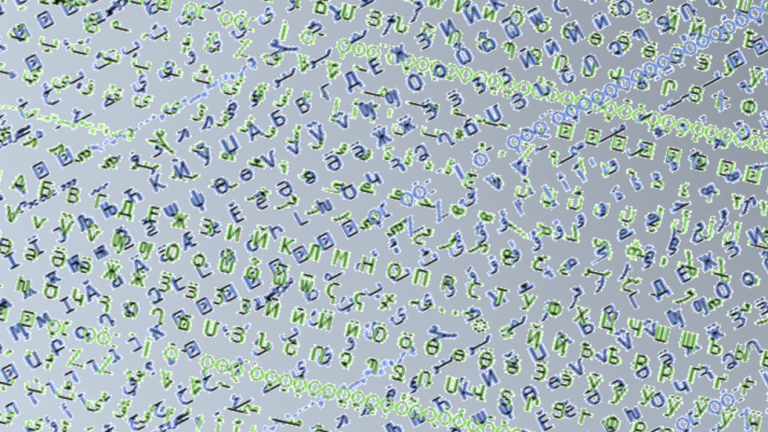 For the past few months, the NVIDIA Collective Communications Library (NCCL) developers have been working hard on a set of new library features and bug fixes….
For the past few months, the NVIDIA Collective Communications Library (NCCL) developers have been working hard on a set of new library features and bug fixes….
For the past few months, the NVIDIA Collective Communications Library (NCCL) developers have been working hard on a set of new library features and bug fixes. In this post, we discuss the details of the NCCL 2.22 release and the pain points addressed. NVIDIA Magnum IO NCCL is a library designed to optimize inter-GPU and multi-node communication, crucial for efficient parallel computing…

 Dracarys, fine-tuned from Llama 3.1 70B and available from NVIDIA NIM microservice, supports a variety of applications, including data analysis, text…
Dracarys, fine-tuned from Llama 3.1 70B and available from NVIDIA NIM microservice, supports a variety of applications, including data analysis, text… The NVIDIA Maxine AI developer platform is a suite of NVIDIA NIM microservices, cloud-accelerated microservices, and SDKs that offer state-of-the-art features…
The NVIDIA Maxine AI developer platform is a suite of NVIDIA NIM microservices, cloud-accelerated microservices, and SDKs that offer state-of-the-art features… Data loading is a critical aspect of deep learning workflows, whether you’re focused on training or inference. However, it often presents a paradox: the need…
Data loading is a critical aspect of deep learning workflows, whether you’re focused on training or inference. However, it often presents a paradox: the need… Today, over 80% of internet traffic is video. This content is generated by and consumed across various devices, including IoT gadgets, smartphones, computers,…
Today, over 80% of internet traffic is video. This content is generated by and consumed across various devices, including IoT gadgets, smartphones, computers,… The One Billion Row Challenge is a fun benchmark to showcase basic data processing operations. It was originally launched as a pure-Java competition, and has…
The One Billion Row Challenge is a fun benchmark to showcase basic data processing operations. It was originally launched as a pure-Java competition, and has… Equipping agentic AI applications with tools will usher in the next phase of AI. By enabling autonomous agents and other AI applications to fetch real-time…
Equipping agentic AI applications with tools will usher in the next phase of AI. By enabling autonomous agents and other AI applications to fetch real-time…